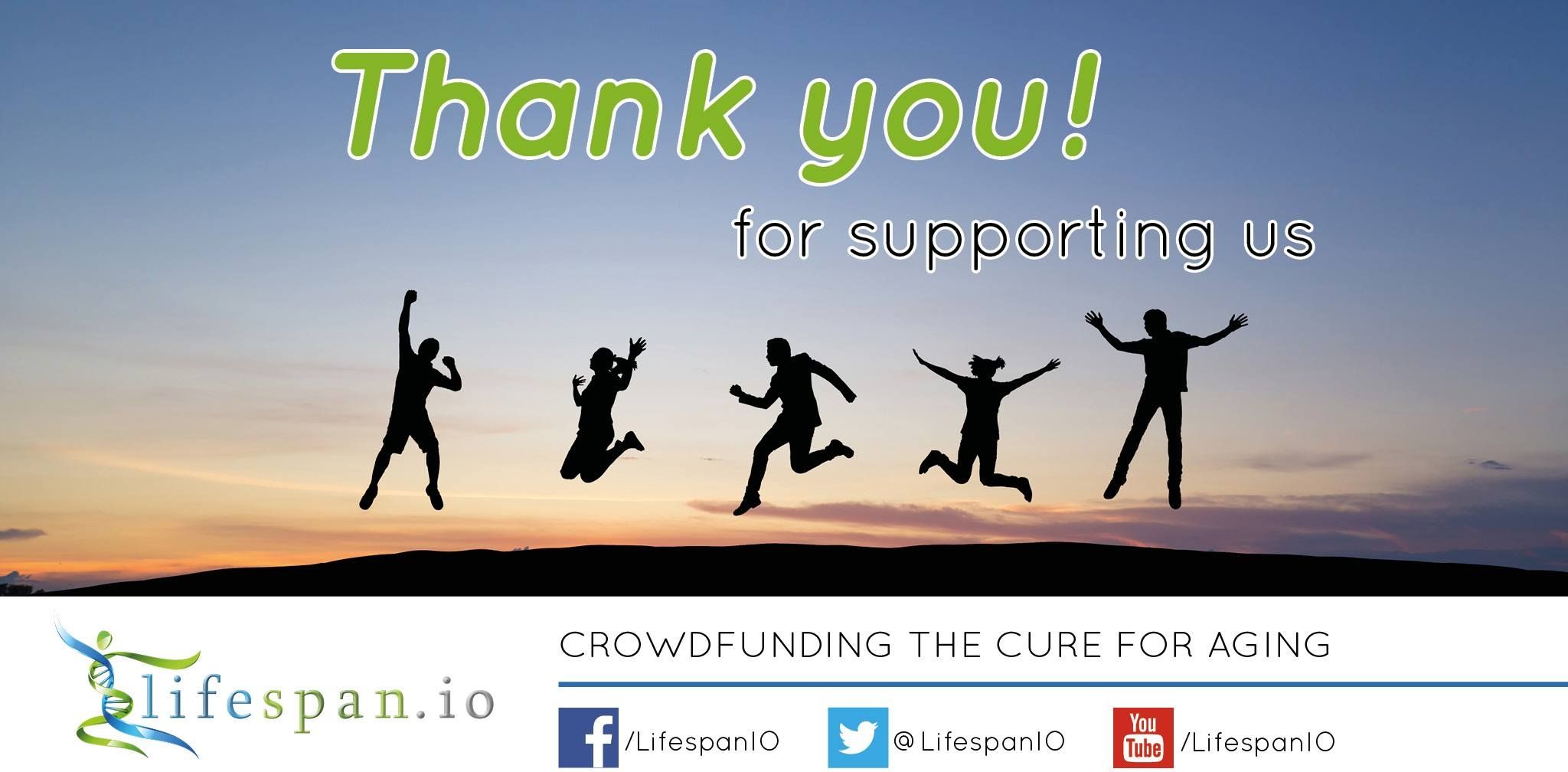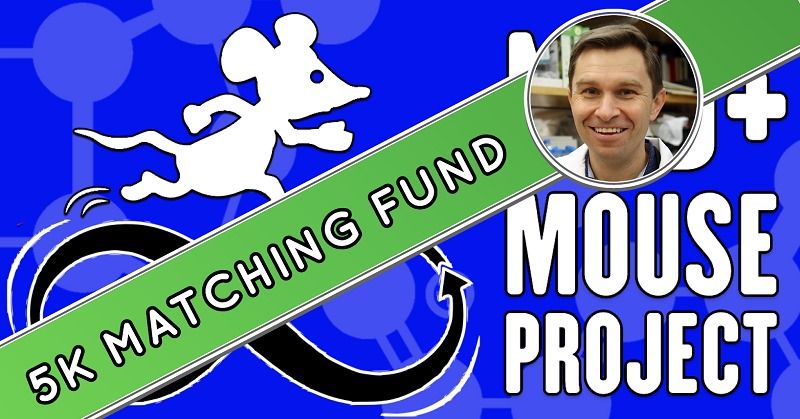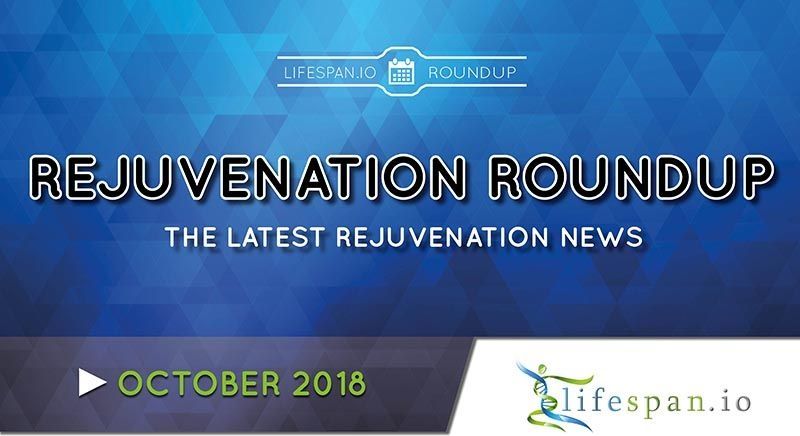The NAD+ Mouse Project has ended in a record-breaking amount raised for a research project so far on Lifespan.io. The campaign ended yesterday after having raised a total of $75,285 and smashing three stretch goals!.
An amazing 321 people backed the campaign and they will get to enjoy a range of great donor rewards and know that they have been a part of launching a great experiment. Thanks to their help the researchers will now be able to test if NMN has potential as an anti-aging drug.
We are both humbled and so very grateful for the generous support of the NAD mouse project. As the excitement and potential of the NAD longevity field continues to grow, we can’t wait to see what we learn and report to our supporters about what NMN can do. – Dr. David Sinclair








